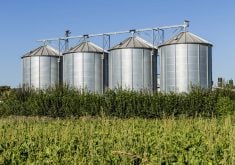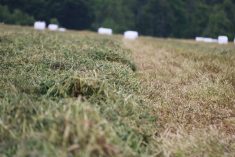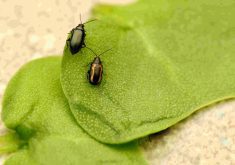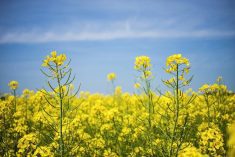A Carman-area canola field offers dramatic proof that agronomists weren’t kidding last spring when they advised farmers not to broadcast seed canola unless they could follow up with harrows.
Provincial weed specialist Nasir Shaikh said the field was aerially seeded with a Clearfield herbicide-tolerant variety by air and the producer was able to cover part of it with a vertical tiller to incorporate the seed into the soil. But the rest of the field was too wet, so he left it alone.
It didn’t seem to make much difference to emergence. But soon after, the crop on the non-tilled part of the field began to falter and the weeds began to take over.
Read Also
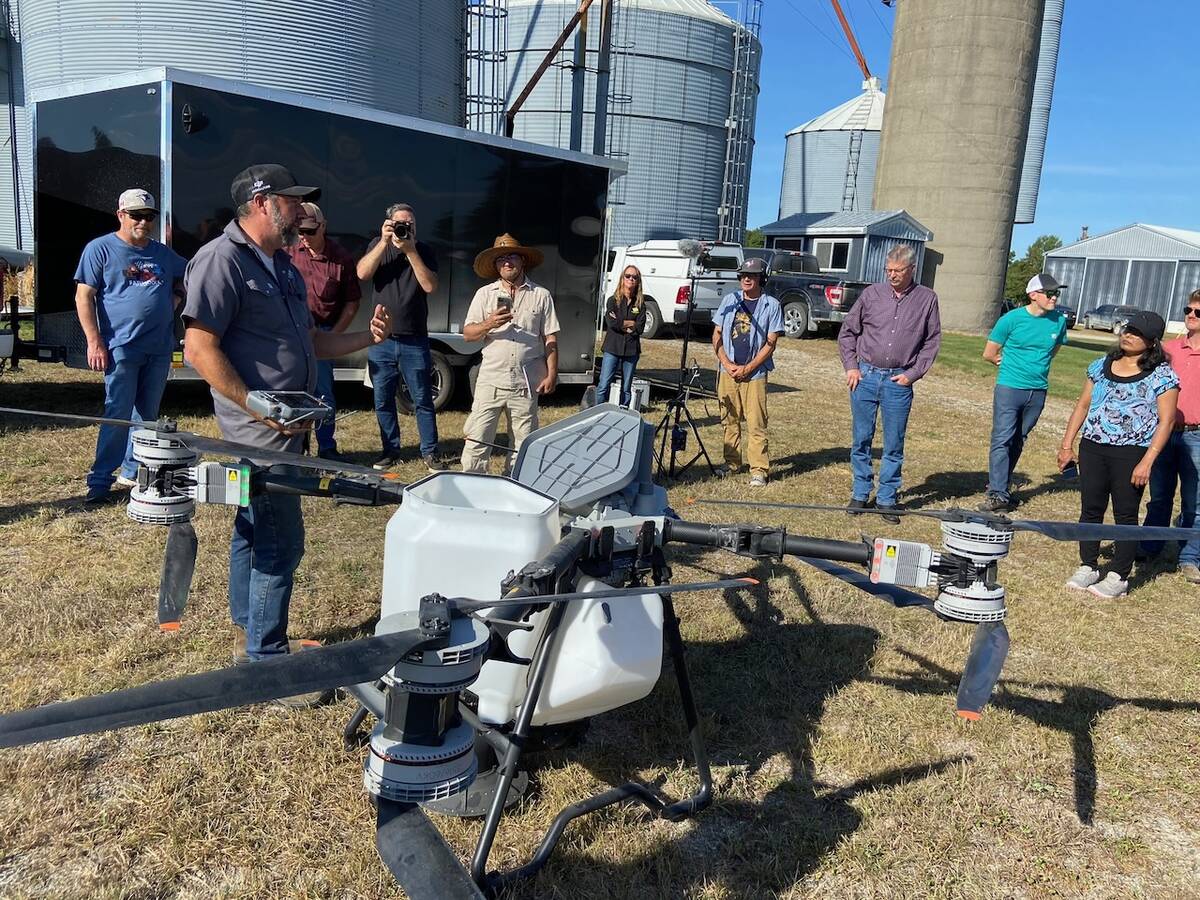
Drones jumpstart cover crop planting
Drones are a tool that can help farmers with cover crop planting in still-growing corn and soybeans.
Then the producer applied Odyssey. Where he had incorporated the seed, “the crop is looking very good; it had good weed control,” Shaikh said.
The crop on the other side was pretty much dead.
Shaikh said there were several factors at play: broadcast seeding without incorporation resulted in shallow and exposed roots, and excess moisture stressed the crop. Even though the canola variety was designed to be tolerant to the herbicide that was applied, the state of the crop left it vulnerable to injury.
He said this type of injury isn’t unique to the Clearfield system. A stressed crop that is poorly rooted is vulnerable to herbicide injury under any production system.
Agronomists speaking at the Ian N. Morrison Research Farm annual tour July 20 said the Carman producer has plenty of company in his misery.
“For the most part, for the people broadcast seeding, the people who didn’t harrow won’t have a good experience,” said Scott Day, an extension agronomist with Manitoba Agriculture, Food and Rural Initiatives. “If you can’t get onto the field with a harrow, you shouldn’t be trying to seed.”
Kristen Phillips, the Manitoba agronomist for the Canola Council of Canada, said she fully understands the pressure farmers were facing this spring. But although the broadcast-seeded canola all appeared to look good starting out, “those fields that didn’t get incorporated are looking poorer and poorer.”
As well, many farmers have been unable to get onto their fields to supply fertilizer and weed control so nutrient deficiencies are starting to appear along with yield-crippling flushes of weeds.
Agronomists attending the tour said there are also anecdotal reports of wild birds dying after eating the exposed treated seed and of seed drift, aerial applicators spreading seed beyond the field’s boundaries, sowing the herbicide-tolerant variety into neighbouring fields and ditches.





